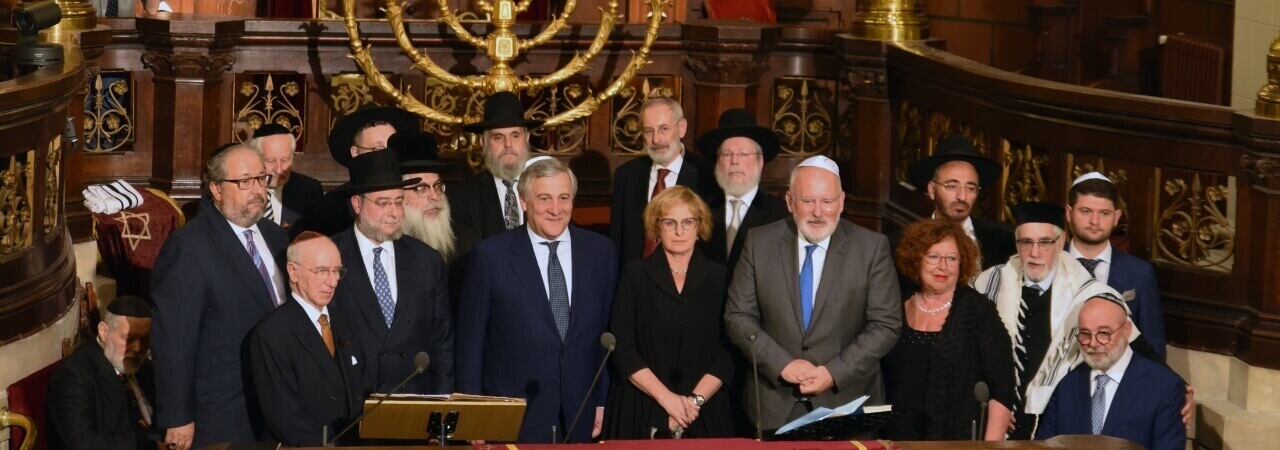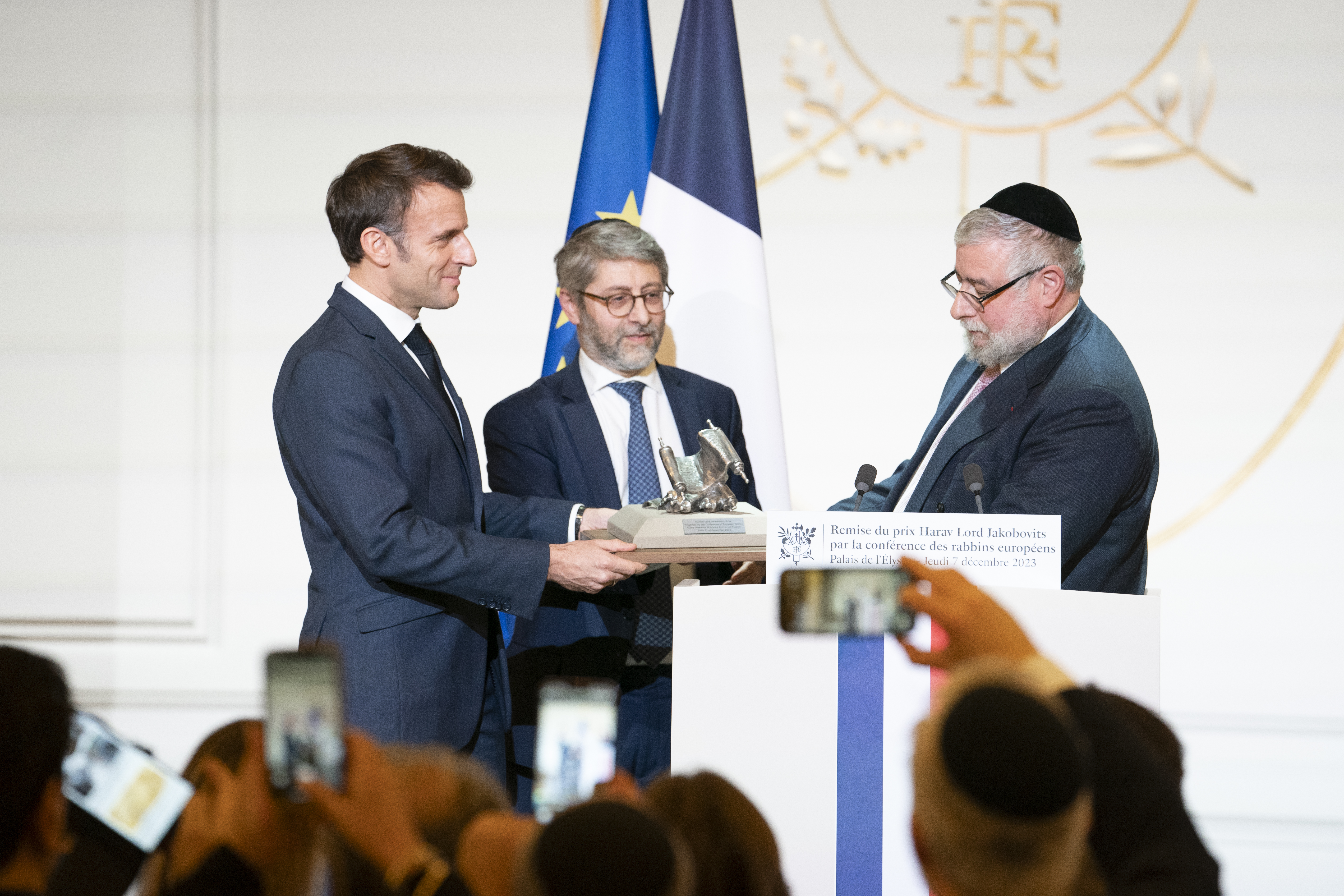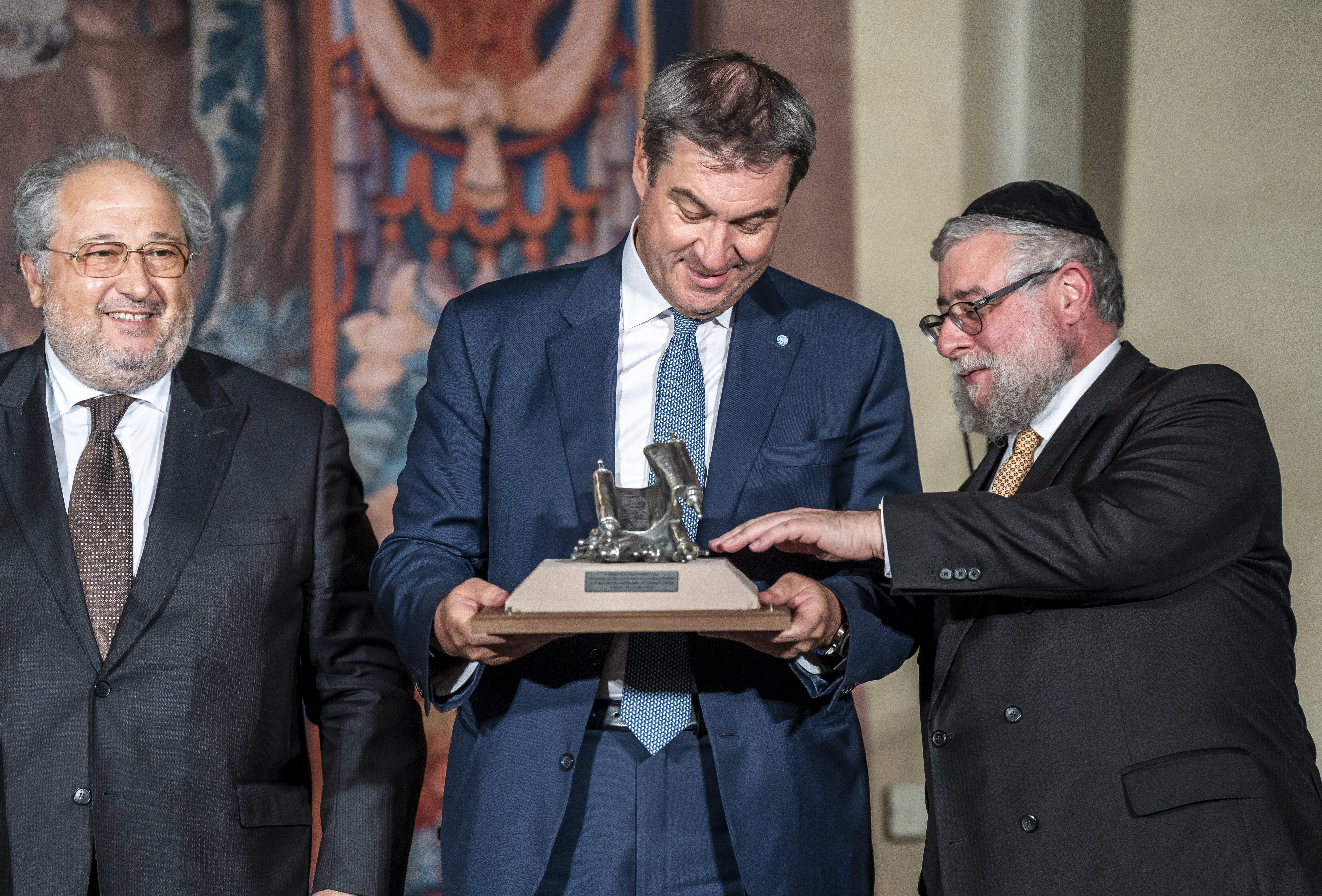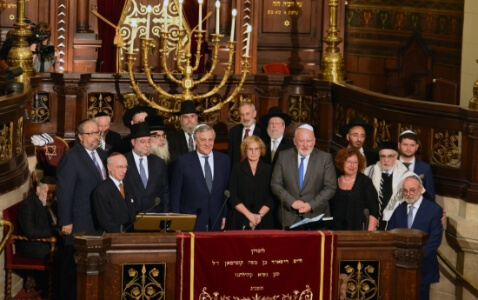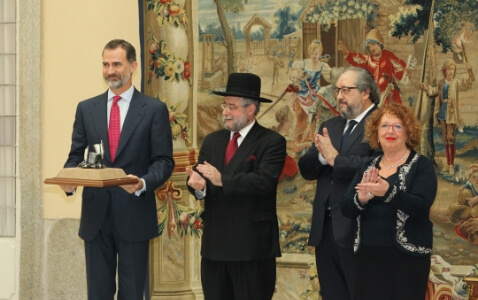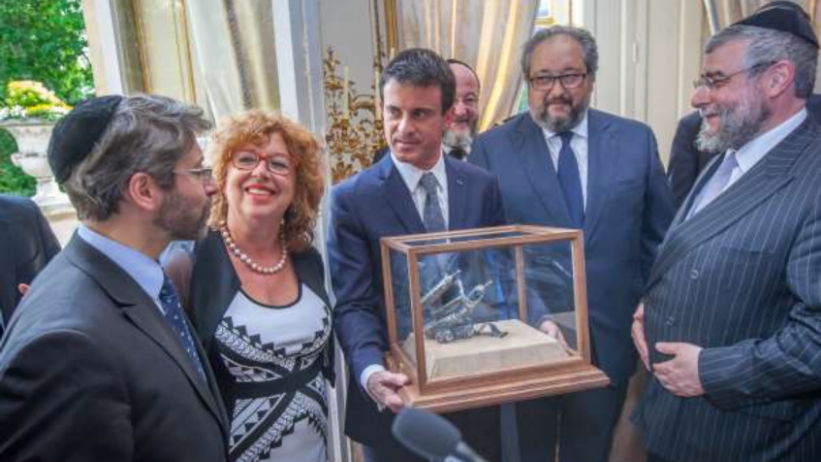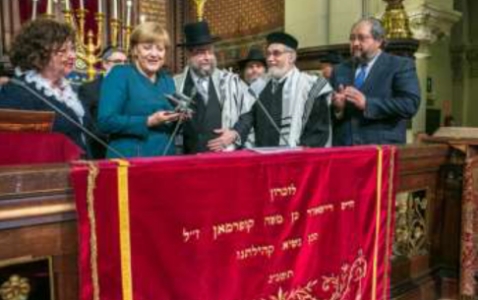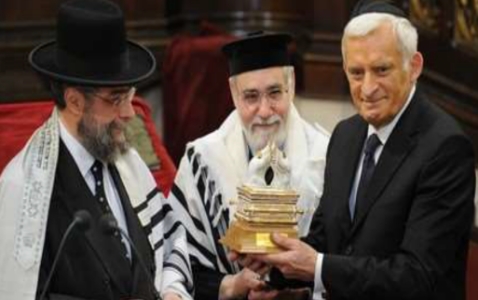Immanuel Jakobovits, Baron Jakobovits (8 February 1921 – 31 October 1999) was the Chief Rabbi of the United Hebrew Congregations of the Commonwealth from 1967 to 1991. Prior to this, he had served as Chief Rabbi of Ireland and as rabbi of the Fifth Avenue Synagogue in New York City. In addition to his official duties he was regarded as an authority in medical ethics from a Jewish standpoint. He was knighted in 1981 and became the first Chief Rabbi to enter the House of Lords in 1988 as Baron Jakobovits.
Chief Rabbi Jakobovits was also the president of the Conference of European Rabbis, in which capacity he worked on standardising and regulating religious conversion to Judaism. The Harav Lord Jakobovits Prize of European Jewry was established by Chief Rabbi Pinchas Goldschmidt, the President of the Conference of European Rabbis Foundation in 2011 to be awarded to personalities, who have shown support to European Jewry, defended their religious rights and combatted anti-Semitism. The prize is usually awarded in a festive ceremony in the Great Synagogue of Europe in Brussels in the presence of the leadership of the European Union and the Jewish leadership of Europe. Lord Jakobovits dedicated his life to the pursuit of a philosophy which advocated religious commitment with unyielding love and consideration for his fellow man. The ability to bring communities together and recognize the value of faith in a modernizing world is one that he treasured throughout his life and it is that character trait, above all others, which this award recognizes.
The Harav Lord Jakobovits Prize was designed by Georgy V. Frangulyan and depicts an open safer torah lying on top of three closed sifrei torah. George is a world renowned artist whose most notable works include the monument on Boris Yeltsin’s grave at the Novedecichy cemetery in Moscow, the monument to Okudshava on Arbat Street in Moscow and the statue of Empress Elizabeth in Baltiysk.
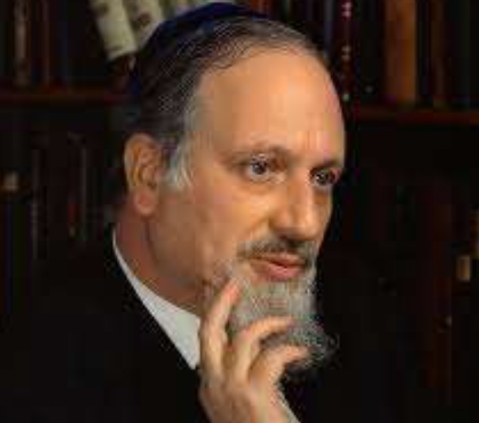
(8 February 1921 – 31 October 1999)
